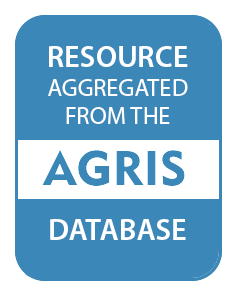Hierarchical classification of stream condition: a house–neighborhood framework for establishing conservation priorities in complex riverscapes
Despite improved understanding of how aquatic organisms are influenced by environmental conditions at multiple scales, we lack a coherent multiscale approach for establishing stream conservation priorities in active coal-mining regions. We classified watershed conditions at 3 hierarchical spatial scales, following a house–neighborhood–community approach, where houses (stream segments) are embedded within neighborhoods (Hydrologic Unit Code [HUC]-12 watersheds) embedded within communities (HUC-10 watersheds).

